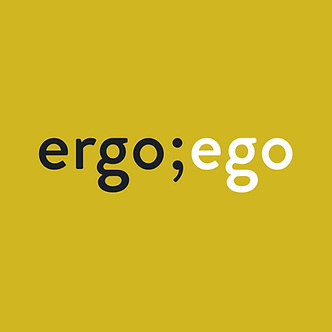Not knowing how to close the Knowing-Doing Gap in today’s competitive and fast-paced business environment can lead to significant disadvantages for both individuals and organizations. Failing to effectively bridge the gap between what is known and what is done can result in:
Reduced Productivity: Companies may struggle to achieve their potential, as employees and teams fail to implement proven strategies and insights, leading to inefficiencies and wasted resources.
Missed Opportunities: Just as failing to make a positive impression can impact career growth, not closing the Knowing-Doing Gap can result in missed opportunities for organizational growth and improvement.
Decreased Competitive Edge: Organizations that cannot quickly turn knowledge into action may fall behind competitors who are more adept at adapting and executing strategies.
Low Employee Morale: Employees may feel frustrated and demotivated if they see a consistent lack of action on known issues or strategies, leading to lower engagement and higher turnover rates.
Stagnation in Innovation: Without the ability to apply knowledge creatively, companies may struggle to innovate effectively, limiting their ability to evolve with market demands.
Erosion of Trust: Consistent failure to implement what has been agreed upon can erode trust between management and staff, as well as among team members, potentially damaging the overall work environment and organizational culture.
The pain point of not learning how to turn small talk into big talk
Not learning how to turn small talk into big talk can indeed be managed as a pain point for several reasons:
- Limited Career Advancement: Without the ability to engage in meaningful conversations, individuals may struggle to demonstrate their full potential to superiors, limiting opportunities for career advancement.
- Reduced Networking Effectiveness: Networking relies heavily on creating memorable interactions. A failure to move beyond small talk can hinder the formation of impactful connections that could benefit one’s career or business.
- Decreased Team Engagement: In team settings, not being able to deepen conversations can lead to superficial relationships, which might impact team cohesion and the ability to work effectively together.
Can Communication Solve It?
Communication plays a vital role in solving these issues:
- Enhanced Relationship Building: Effective communication skills can help forge stronger connections quickly, making first impressions count and setting the stage for deeper interactions.
- Increased Confidence: Mastery in communication boosts confidence, empowering individuals to initiate and sustain conversations that go beyond superficial topics.
- Better Conflict Management: Strong communication skills facilitate better understanding and negotiation, essential for resolving misunderstandings and conflicts in both personal and professional contexts.
By focusing on these aspects of communication, individuals can learn to navigate from small talk to more substantial and impactful conversations, thereby addressing the pain point of superficial interactions.
